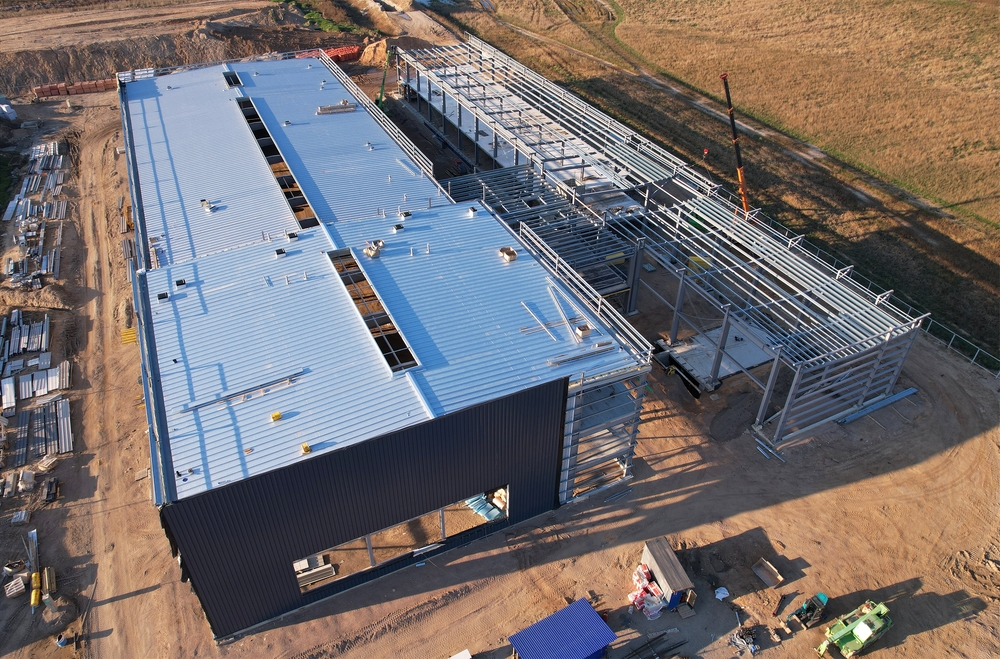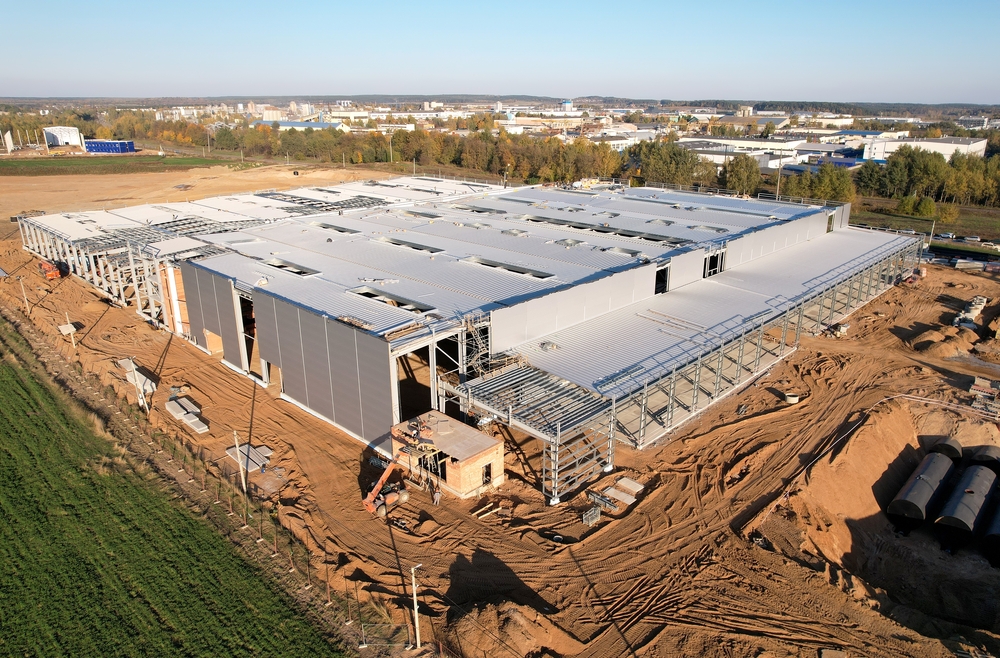Using wood construction is old style but still tried and tested effectively. But generally, it is a material that comes with minus points from pre-construction to maintenance. Light gauge steel is a recommendable material if you eye a better option. You will do the same procedure as wood construction but with mightier material.
Light gauge steel versus other materials
In contrast to hot-rolled structural steel, light gauge, a.k.a cold-formed steel, is not heavy and bulky. Since immemorial time, it has been deemed durable, even if it’s lighter than hot-frame steel.
Cold-rolled steelworks are like wood when you think of framing. And it can be a load or non-load bearing for walling and cladding. It is also practical because it offers an easy and quick construction process for being pre-engineered. These have patterns, cuts, and holes, so they are ergonomic to install and assemble. Moreover, your need for studs is less with light gauge steel frames. These are strong and durable to bear a load, so you have the option to put them with a wide gap with each other.
Modern contractors also like light gauge steel because these are doable for things like insulation, electrical wiring, and plumbing. Typically, it is also for constructing smaller commercial spaces and residential structures.
More plus points of light gauge steel

Apart from the factors above, you get more benefits from light gauge whether you build a structure from scratch or plan to have renovation afterward.
Enduring than wood, flexible than structural steel. – The main advantage of light gauge steel is it doesn’t decay like wood from termites or pests. It also tends not to contract when exposed to water, cold or hot temperature. Plus, it does not ignite when exposed to heat or fire. These promise minimal maintenance and longevity in terms of replacement.
Moreover, light gauge steel underwent a process that made it corrosion resistant. It is also known as galvanized, where the material is soaked to a zinc and aluminum mixture. The thicker it coats, the stronger it gets against corrosion.
Offer lightness to construction work. Another good point about light gauge steel is that it offers weightlessness overall in construction compared to concrete and hot-rolled steel. For one thing, carrying this material here and there is more lightweight for carpenters. You can also configure light gauge steel to almost anything. It is also a helpful feature when you decide to renovate or revamp later on. By then, the work you need is less arduous since the material is flexible enough to reconstruct or reconfigure. Additionally, the required equipment or tools are not hard to provide or find.
Friendly to the environment and budget- Since light gauge steel is pre-engineered with precise cuts and holes, there are fewer unused and wasted materials. This feature also makes sense in the monetary aspect. Everything will be helpful in new construction or renovation later, so it is cost-effective overall.
On the other hand, light gauge steel also has a weakness: fire. When exposed to these elements, it loosens its strength and may eventually cause collapse. But there are solutions to these, primarily the fire-rated sheeting.

